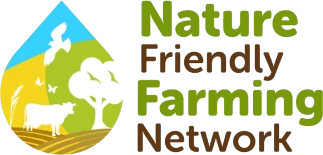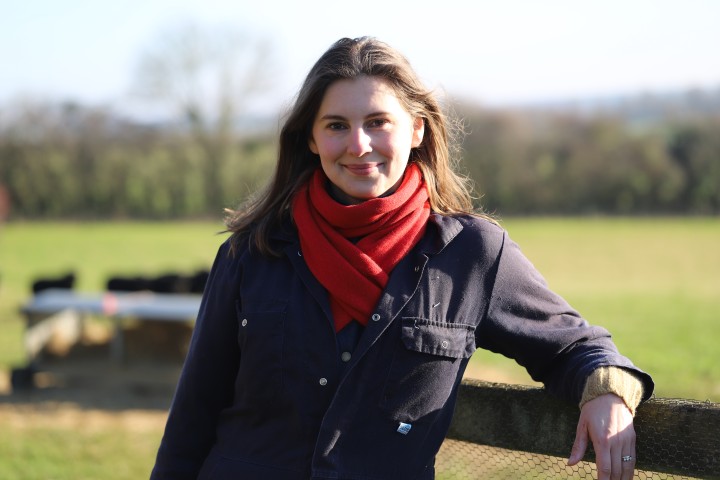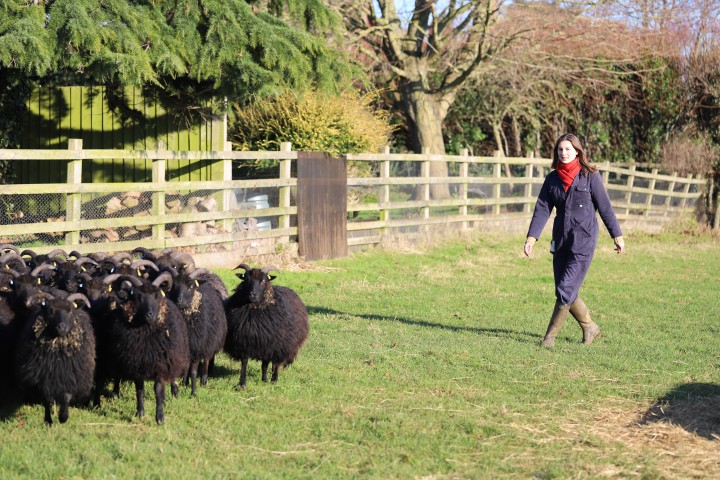Manor Farm is situated on the gently undulating slopes of Northamptonshire between Wellingborough and Kettering. Its 200 hectares are mainly used for growing arable crops, but livestock are also on-site. As a family farm, its nature-friendly journey has been an intergenerational one, with new entrant farmer Ana Reynolds and her husband Henry currently working alongside Henry’s parents.
Ana initially didn't set out with the intention of starting farming. She read law at Cambridge but quickly realised the legal profession wasn’t for her. Instead, she started her career in the automotive industry, working in roles that included analysis, consultancy, marketing, and PR. During lockdown in 2020, she became increasingly interested in market gardening at home using no-dig methods. Thinking about how this would work on a farm level led her and Henry to take an increasing role in shaping the future of Manor Farm.
“We started growing a lot of vegetables at home,” Ana recalls. “Adopting no-dig, composting and organic methods really early on led to my interest in regenerative agriculture. I was imagining what it would be like to do that on a really big scale, reducing reliance on inputs and tillage. For example, would my hoverflies and ladybirds, which were so successfully controlling aphids in the garden, do so at scale?”




